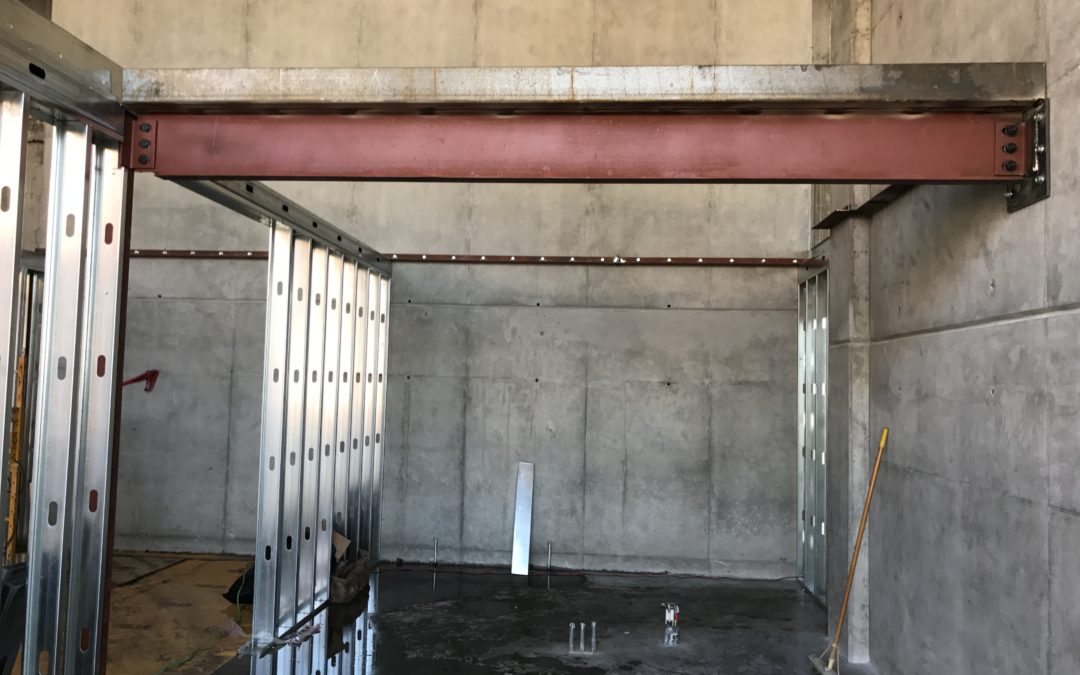Steel fabrication takes raw steel and converts it to structures that are used to build buildings, bridges, and machines. Because structured steel is tensile, flexible, durable, and affordable, it is used in many different fabrication processes. Take a look at the following.
Custom Steel Cutting
Cutting is the first stage of the fabrication process. Steel is so versatile that it can be cut using different techniques, such as a saw, water jets, lasers, and plasma torches. In addition, steel can be fabricated by numerical control, chiseling, and shearing.
Steel Folding
The process of folding is called press brake, and steel needs to be bent to make certain sections. Press brake used dies to pinch the metal and form a crease. These folds can be programmed with software, so it is a very efficient process.
Steel Machining
In machining, unwanted materials are removed from the metal so that it can take a shape desired by the designer. There are different tools, such as a lathe, that can be used to facilitate this process. Usually, a rotating tool is used to cut away unwanted material.
Steel Punching and Shearing
Another type of steel fabrication is punching. A punch press is used to punch a hole in the metal. Shearing is also called die cutting, and it cuts straight lines on flat metal. There is an upper and a lower blade that are forced past each other.
Steel Stamping
This process is similar to punching, as the die is shaped so that there is a raised portion. Punching punches a hole, whereas stamping pulls material out of a hole.
Steel Welding & Fabrication
Welding is the process that takes two pieces of steel and attaches them together. There are different processes within welding, but this is a critical part of putting buildings together. It brings the entire structure together and helps it take shape.

